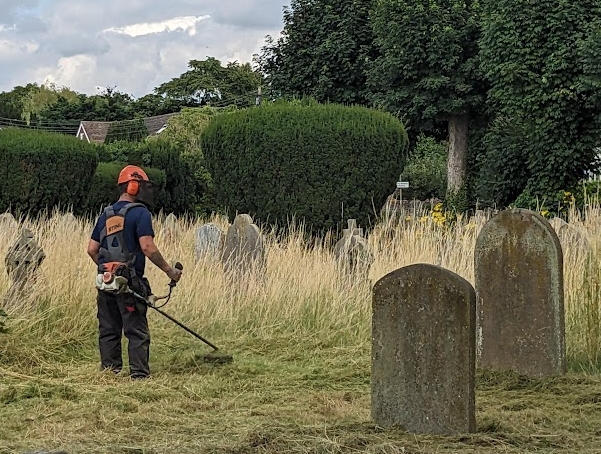
The Abingdon Town Council noticeboard is usually a colourful mix of community event posters and council committee updates. Lately, however, committee papers have dominated. I did find some things of interests:
There is the consultation by the Vale of White Horse District Council on redrawing district council boundaries. In Abingdon that will mean instead of having 5 wards with 2 councillors each, the district council will be three wards (Abingdon North, South, and East) with 3 councillors each. Comments can be made until 16th September. See Have your say on a new political map for vale of white horse district council/.

Abingdon could be loosing a Nail Bar. Its entrance is the doorway between Costa and Starbucks. It was the first Abingdon Nail Bar but now there are several and it could become a flat.
Regarding the Old Gaol development which included plans for three retail spaces to complement the flats. Currently, one space houses Costa and another serves as a dentist. The proposal under consideration suggests converting the remaining unit into flats. However, the Town Council’s Planning Committee argues for maintaining the original agreement.

There’s only four days left to participate in the Thames Water Reservoir consultation. See: https://www.thameswater.co.uk/news/reservoir-public-events-start.

The post box on the Market Place is sometimes used to post What’s On posters. This Saturday the Oxford Welsh Voice Choir are performing at St Helens.















